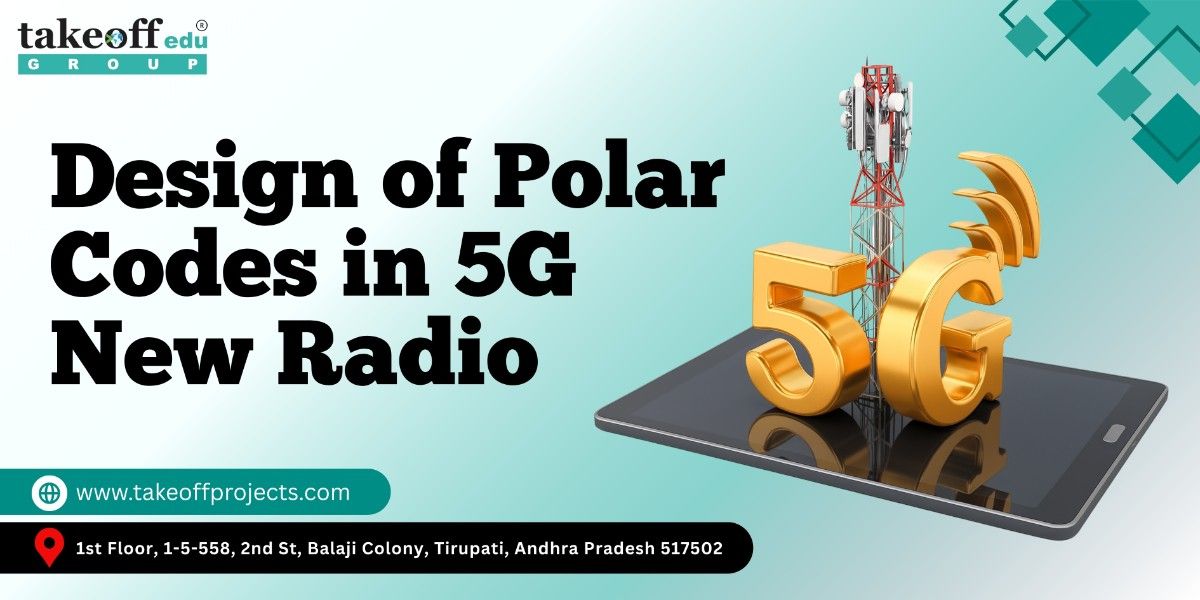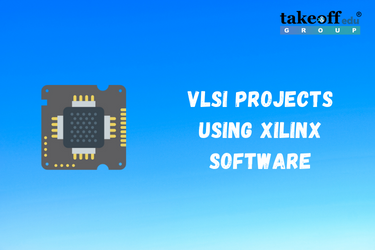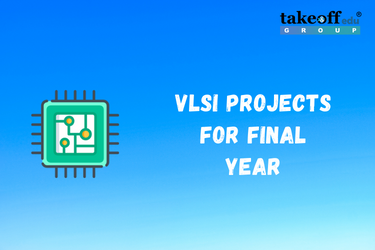Introduction
With the start of 5G, there is an expectation of super-high speed, reliability and low latency from modern-day wireless communication. At the Centre of the meeting such high expectations are advanced channel coding solutions, where polarization serves as a promising method able to transform such expectations into reality. Their split existence in the 5G New Radio (NR) standard has thus entered the communication theory and VLSI system design literature with a bang.
This blog will look at the design of polar codes in 5G New Radio, especially how they are tailored for high error-correction performance, efficient decoding and strong data transmission.
What are Polar Codes?
Polar codes were introduced by Erdal Arıkan in 2009, and they are the first error-detecting codes to be shown to meet the Shannon limit for a sequence of binary channels without memory. The algorithm works by "polarizing" the channel such that some sub-channels become highly reliable while others become highly unreliable. Information bits are transmitted over the highly reliable sub-channels, while the less reliable channels have fixed values assigned to them (called frozen bits).
The structured code construction, recursive encoding and low-complexity decoding indeed make them good candidates for hardware implementation-the need for which has been emphasized for 5G systems designed with high-speed VLSI architectures.
Polar Codes in 5G New Radio
Because polar codes function better at short block lengths and low code rates, 5G New Radio uses them especially for control channel communication. Because they handle important functions including scheduling, retransmission requests, and broadcasting system information, these channels are essential to the network's overall functionality.
Polar codes were specified by the 3rd Generation Partnership Project to:
· Downlink control information (DCI)
· Physical broadcast channel (PBCH)
· Uplink control information (UCI)
Even in difficult radio settings, these applications need reliable transmission with little errors; polar codes are excellent in this regard.
Design Considerations in 5G New Radio
The creation of polar codes for 5G New Radio requires several tweaks to meet the tough needs of the standard. These include:
1. Rate Matching and Length Adaptation
5G needs flexible code lengths and rates. Polar codes do as you may expect in the next examples by doing rate-matching via puncturing, shortening and repetition. These methods let code words adapt to changing length needs without redoing the encoder or decoder.
2. Decoder Improvement
Successive Cancellation (SC) decoding might not give the best results. So, 5G NR uses Successive Cancellation List (SCL) decoding, which makes error-correction much better by looking at many decoding paths. More upgrades add a Cyclic Redundancy Check (CRC) to confirm the best path making it more reliable.
3. Hardware Efficiency
Energy and space are the two most critical factors in chip design. Its structure enables polar codes to be efficiently implemented with parallel hardware systems. To reduce the time of decoding and to improve the output, new designs apply concepts of pipeline scheduling and folded structures.
Challenges and Future Directions
However, despite their merits, Polar codes suffer some problems:
· Higher decoding complexity with SCL based decoders
· Latency trade-offs in list-based decoding
· Lower performance at high code rates larger than that of LDPC
For these, the literature focuses on:
· Decoding with machine learning support
· Code-hybrid construction
· Ultra Low Latency VLSI Decoders
Conclusion
The built-up design of polar codes in 5G New Radio provides a good balance between theoretical innovation and VLSI design. Polar codes achieve one of the most important 5G NR requirements, namely, low latency, high throughput and high-reliability connection, thanks to the improved error-correction, decoding speed and flexibility.
More optimization and smart code design will continue to form the basis for future communications as we move towards a 6G wireless world.

 Design and Analysis of Multi-Protocol Conversion Unit for SPI, I2C and UART
Design and Analysis of Multi-Protocol Conversion Unit for SPI, I2C and UART  Design & Study the Performance of CMOS Based Ring Oscillator for 5G Mobile Communication
Design & Study the Performance of CMOS Based Ring Oscillator for 5G Mobile Communication  Top IEEE VLSI Engineering Projects For Final Year Students with Source Code
Top IEEE VLSI Engineering Projects For Final Year Students with Source Code  Best VLSI Projects for ECE Students
Best VLSI Projects for ECE Students  Top 7 Transistor Logic Projects for Engineering
Top 7 Transistor Logic Projects for Engineering  Top 10 Low Power VLSI Projects
Top 10 Low Power VLSI Projects  Top 5 Nano Technology Projects using VLSI
Top 5 Nano Technology Projects using VLSI  Top 6 Communications Projects for Students
Top 6 Communications Projects for Students  Top 7 Projects on DSP Core
Top 7 Projects on DSP Core  Top 5 Projects on Arithmetic Core
Top 5 Projects on Arithmetic Core  Top 7 Projects on Finite State Machines
Top 7 Projects on Finite State Machines  Top 10 Projects on Cadence EDA Tool
Top 10 Projects on Cadence EDA Tool  FPGA Final Year Projects for Electronics Students
FPGA Final Year Projects for Electronics Students  Verilog Projects for ECE
Verilog Projects for ECE  VLSI Project Ideas for Engineering
VLSI Project Ideas for Engineering  VLSI Mini Projects for ECE Department Students
VLSI Mini Projects for ECE Department Students  VLSI Projects for Final Year
VLSI Projects for Final Year 
 Paper Publishing
Paper Publishing


